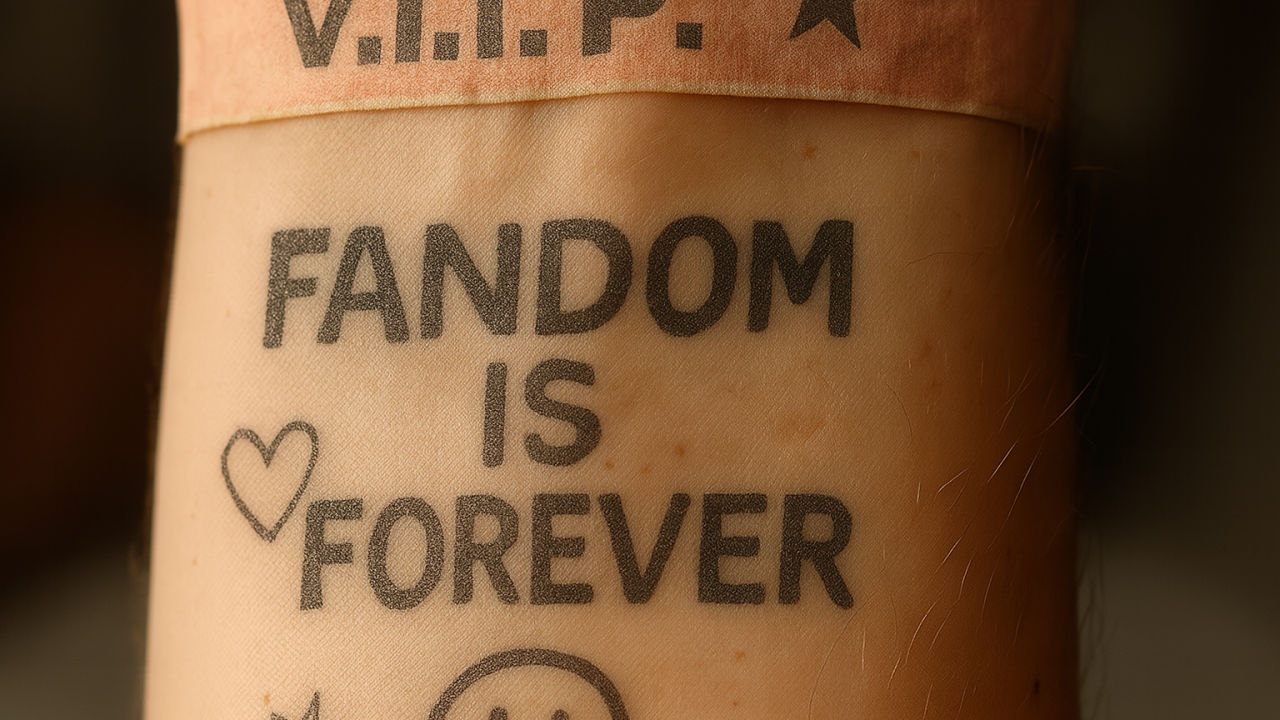Blog Fandom is Forever, Part 1: How I became a background dancer in the K-Pop Multiverse
Check out our deep dive into modern day Fandom and Community building in Music. Artists used to dream of going viral, and many still do. But there’s a shift, and the buzz word associated with it is Super Fandom. We are back where we started before astronomical success became the goal.

Artists used to dream of going viral, and many still do. But there’s a shift...and the buzz word associated with it is Fandom and Super Fandom... I personally am not a fan of the word, I prefer something less "salesy", less "pretentious"... Don't call me a Super fan, I might not react too well. I prefer to feel belonging, a-like, I want to share, and be appreciated, maybe even debate or be supported...as one...something more common, something that has always existed, a common unity... community.
We are back where we started before astronomical success became the goal.
Community is what pays the bills between drops, keeps the algorithm talking, and makes every release feel like a moment, an organised series of events that bore fruit for us to eat for a sufficient amount of time. But here’s the truth: you can’t build a real community by showing up only when you have something to sell...FOH
Today’s landscape is oversaturated. 120,000+ new tracks hit DSPs every day. If you’re like me, and ingest a lot of music press and data, you're bored of this stat by now...but it's true... That’s 1.39 songs a second.
And attention? It’s a mirage. Bloated listeners glare at your art-form that barely resonates, they glare momentarily because they just can't ingest any more. You know the feeling of feasting on a 7 course meal (forget a tasting menu) on a hot humid day and you get a sudden case of the “The itis” aka “Food Coma” aka “Mal del puerco”, well, that's exactly what your target audience are feeling... so that attention is not intrigue, it's a dazed woozy glare because even great music evaporates if it’s not rooted in something deeper, a sense of connection, culture, and continuity.
A Micstumple: How I became a background dancer in the K-Pop Multiverse
Here is a ”mini case study” or “example”... lets call it a “Micstumple”. In this Micstumple we are going to use K-Pop... a genre which I’ve been following for a while.
It started off as a protective measure as my daughter was into it, so I lurked in the depth of the shadows not to be seen or heard, I was on standby for any explicit or inappropriate content that the BlackPink or BTS’s would dare feed my little angel.
I kept a keen eye and listened deeply with a sharp sense of security. I was ready to snatch up that Spotify account and pound on that “Report” button. Or was it YouTube , or Instagram ...hmm I think it was TikTok , but it could've been Weverse too. Somehow I ended up on the Amazon Store, and by the way, these BlackPink Light Sticks are so cool... Stay Focused!
Wait, there they go, Get them! QUICK! By the time I realised, I was a background dancer to the backing dancers of the BTS behind the scenes reaction video to a fans reaction video of a lyric video from years ago. Hmm how did I get into this multiverse... i found myself knowing all the words and planning with my daughter what we were going to wear to the StrayKids concert in London... We live in Spain. They got me dude... I became an UltraFan.
These guys don't just make songs... they build ecosystems, like Defected Records did as well.
They give their fans places to:
- Hang out with their sound
- Participate in the culture
- Feel seen even between releases
In our modern era, no one has done fandom more effectively then K-Pop artists and their teams, stick around for Part 2 where we dive into why this method isn't for everyone, who its not for... and what to not take away from it.